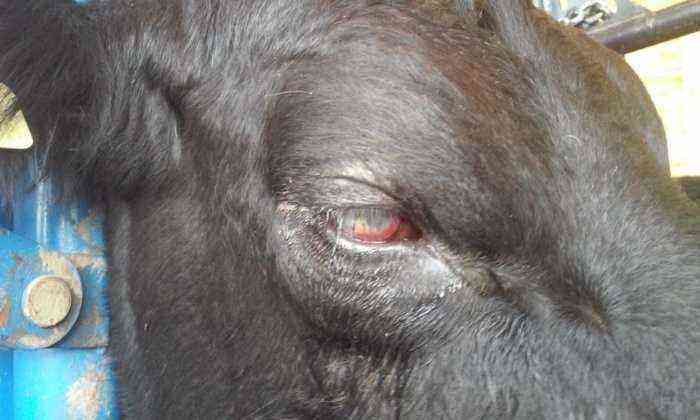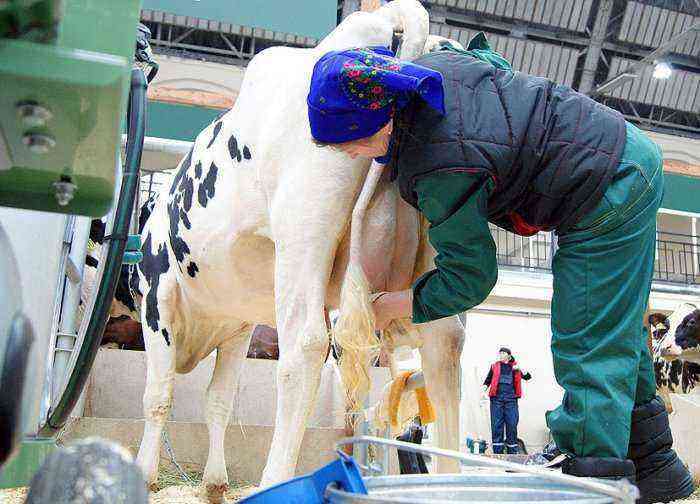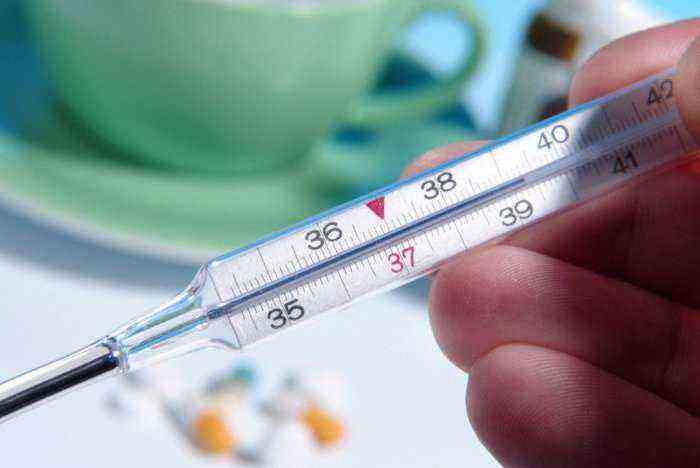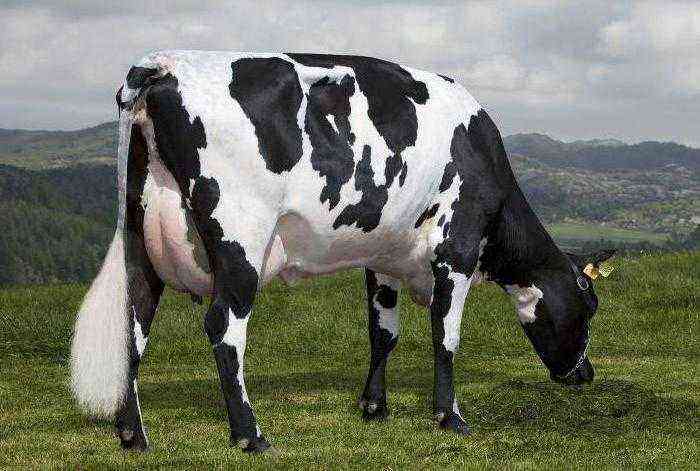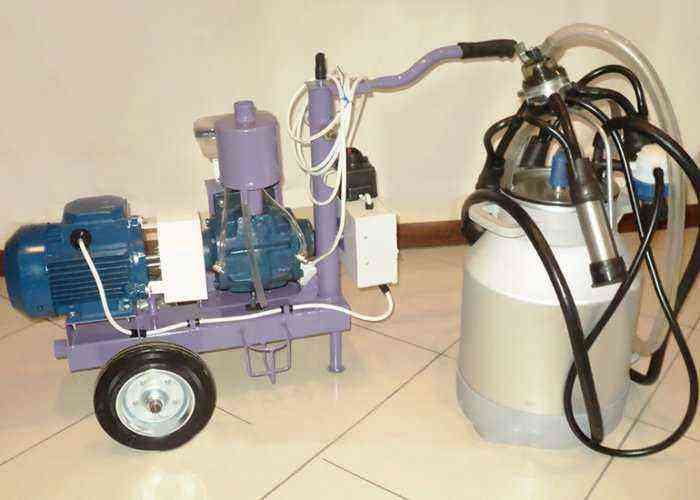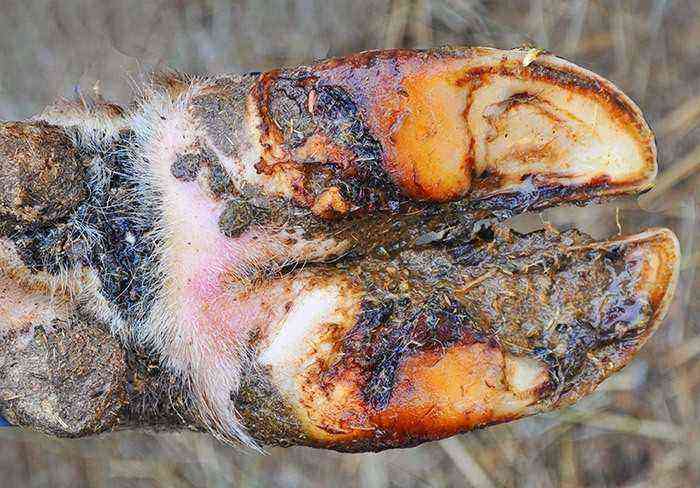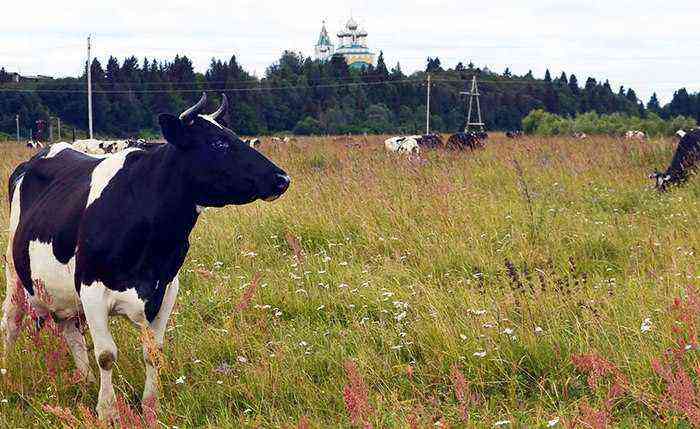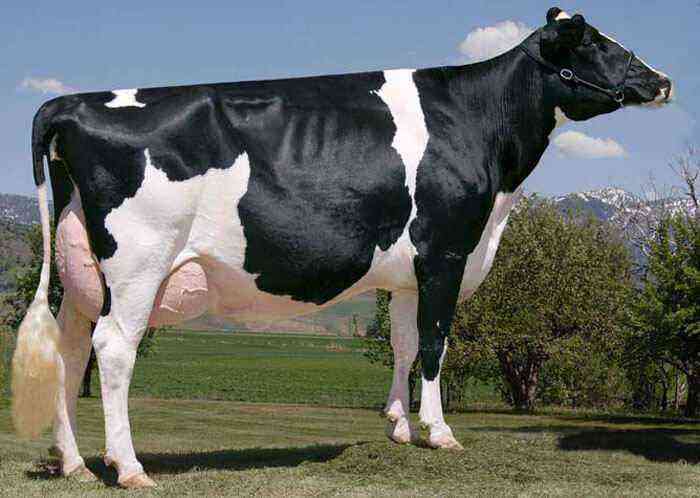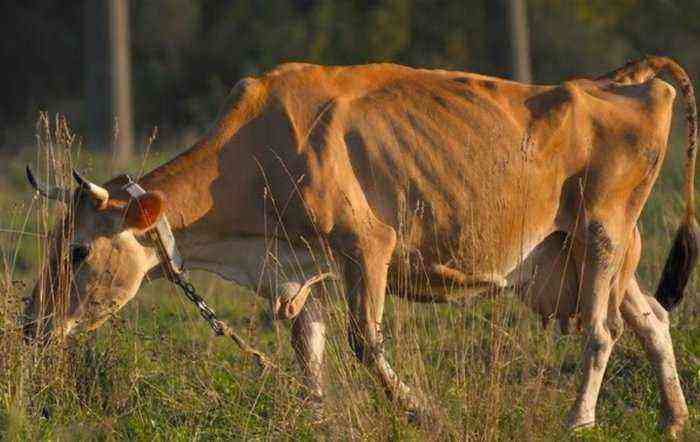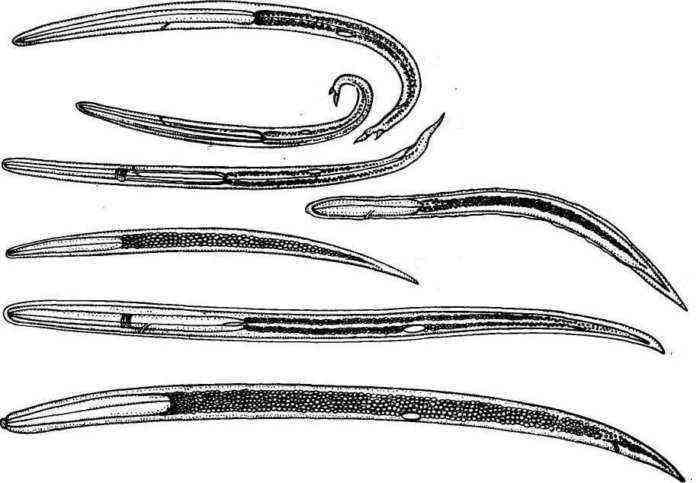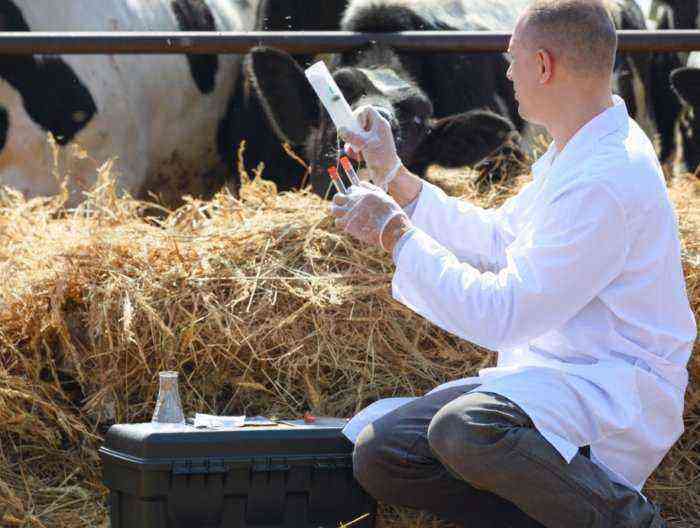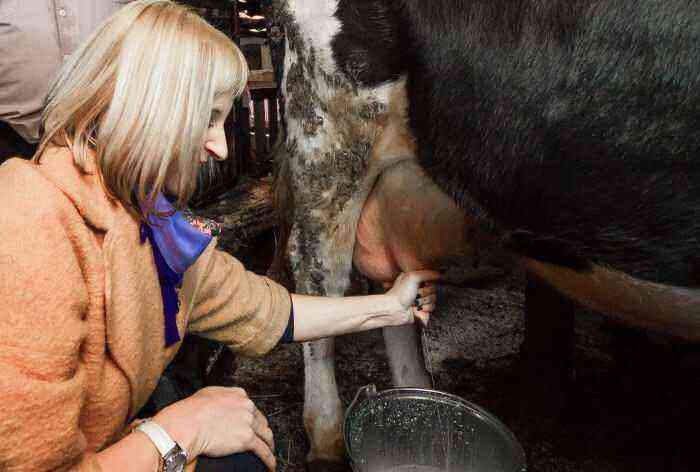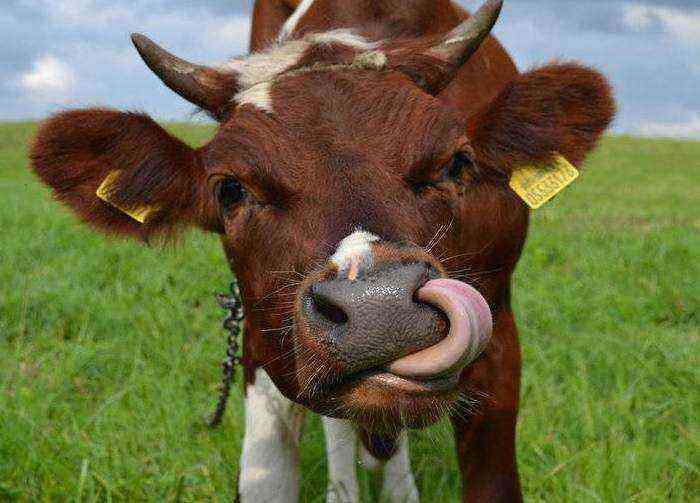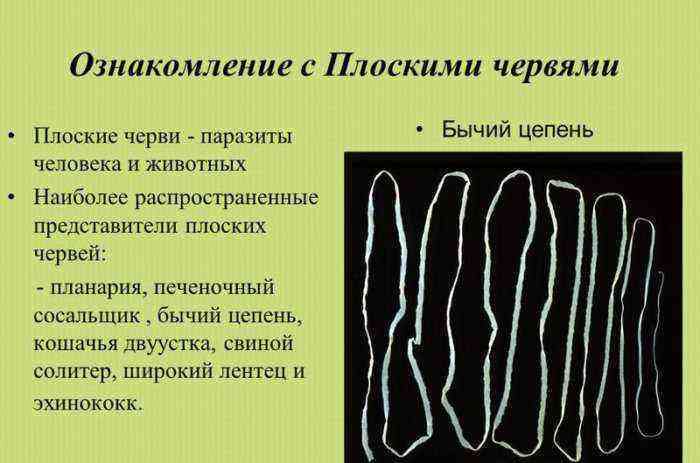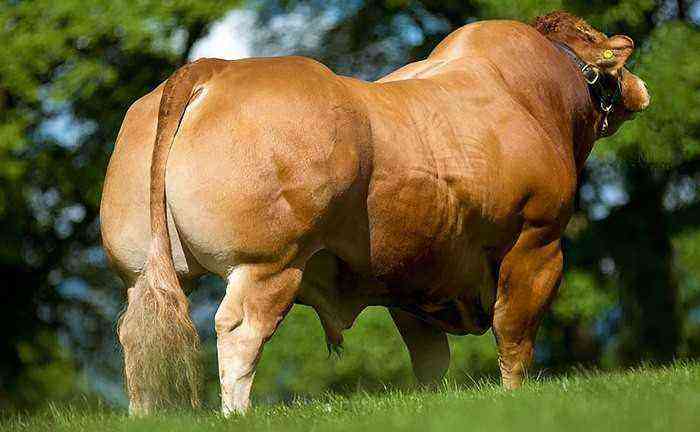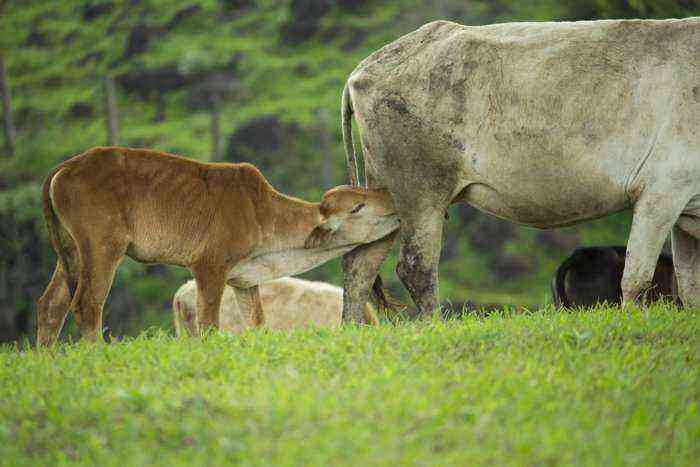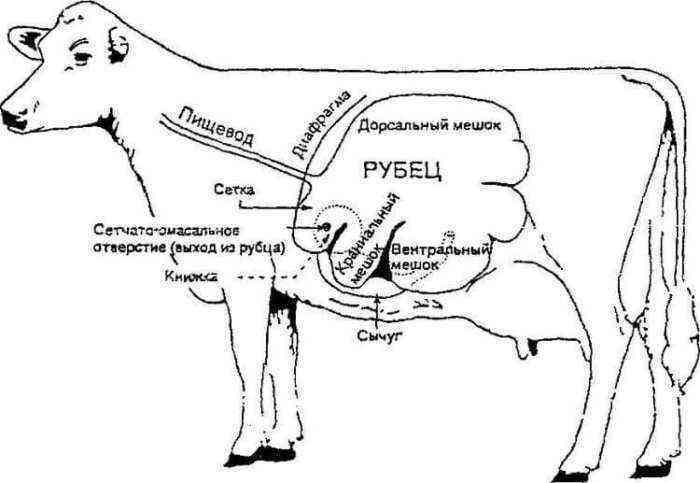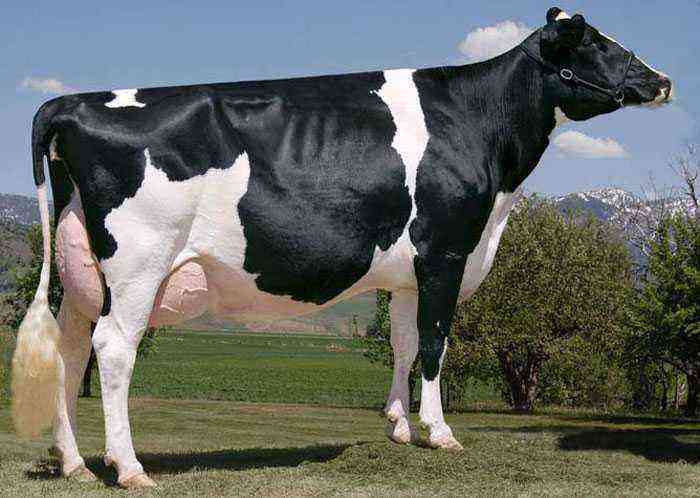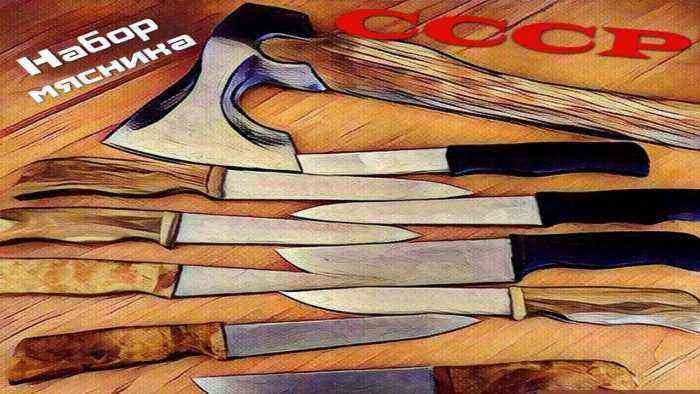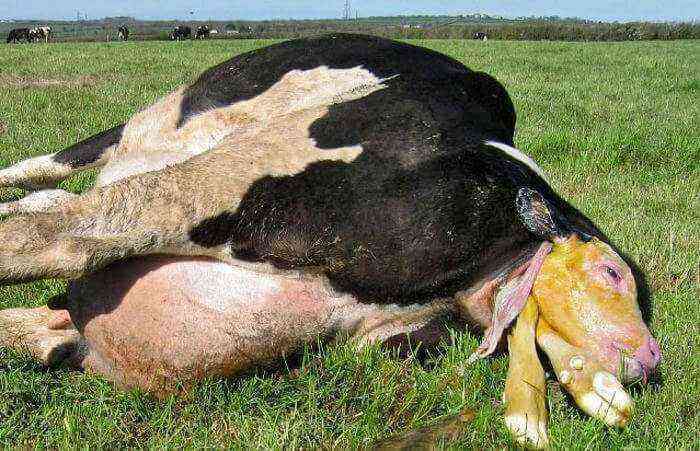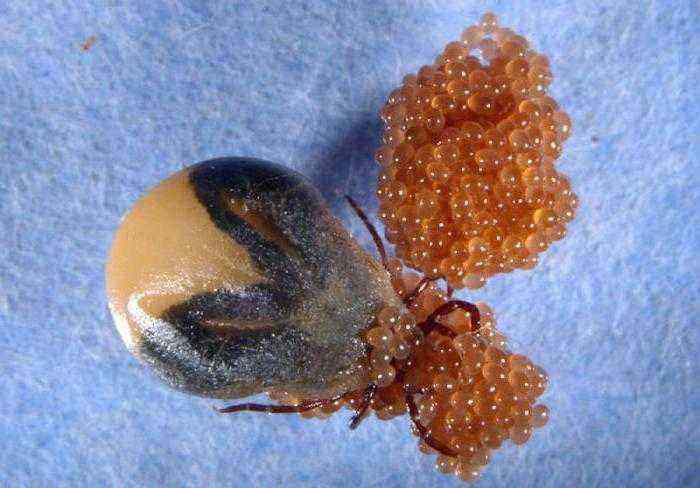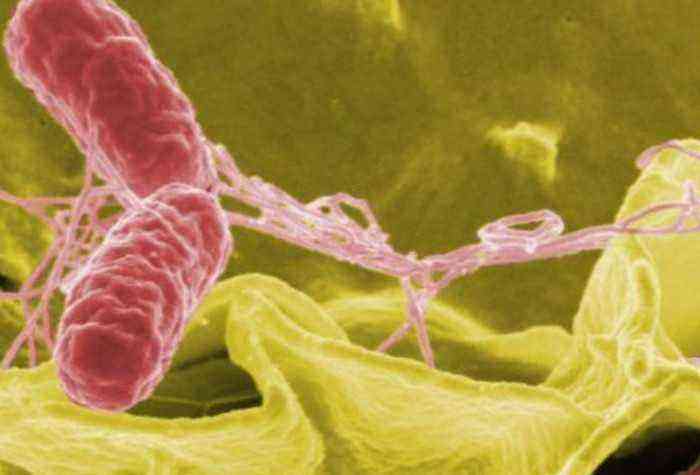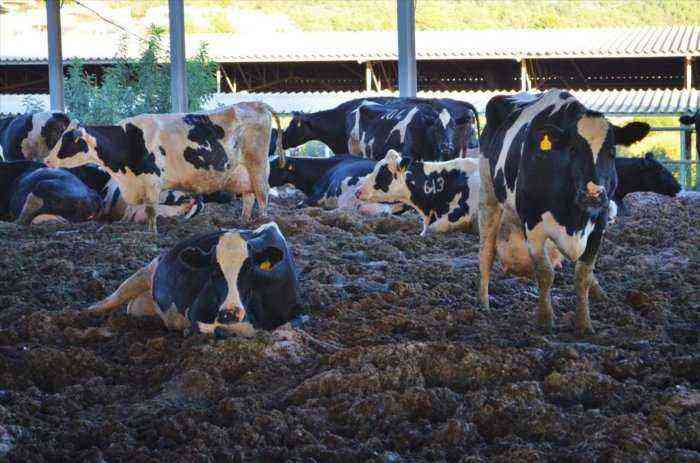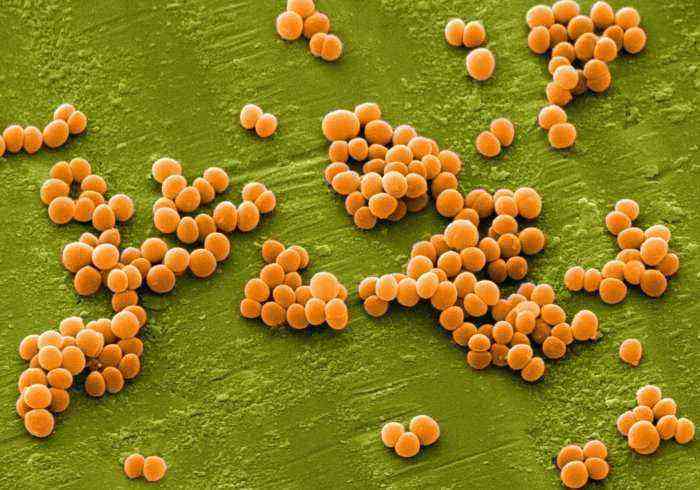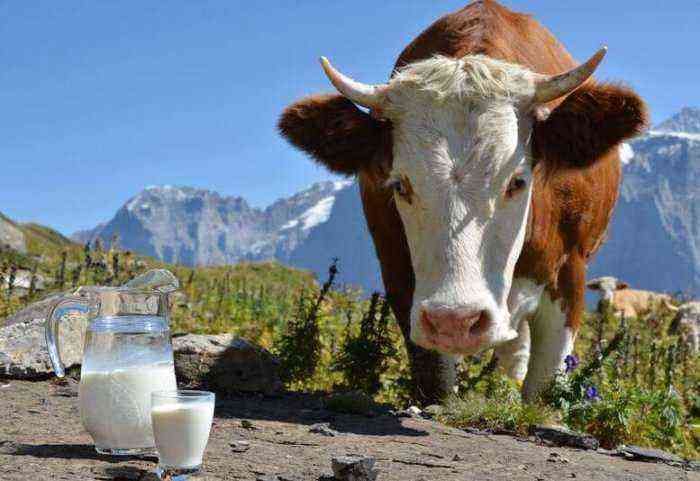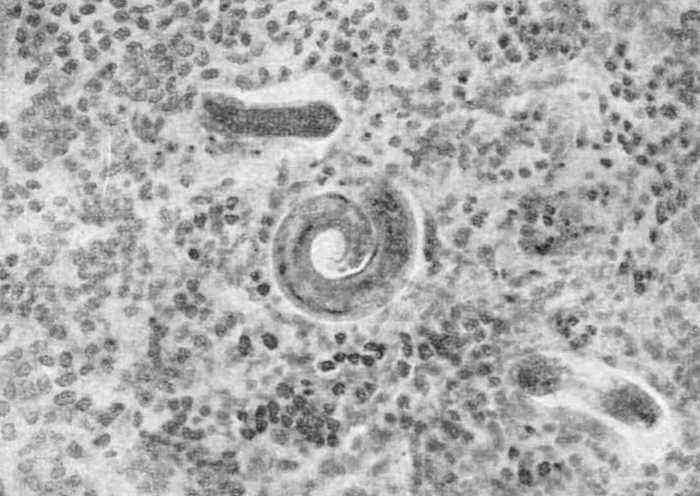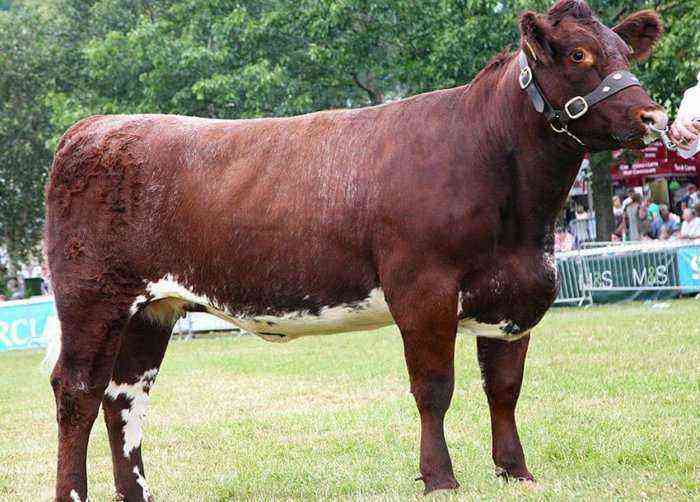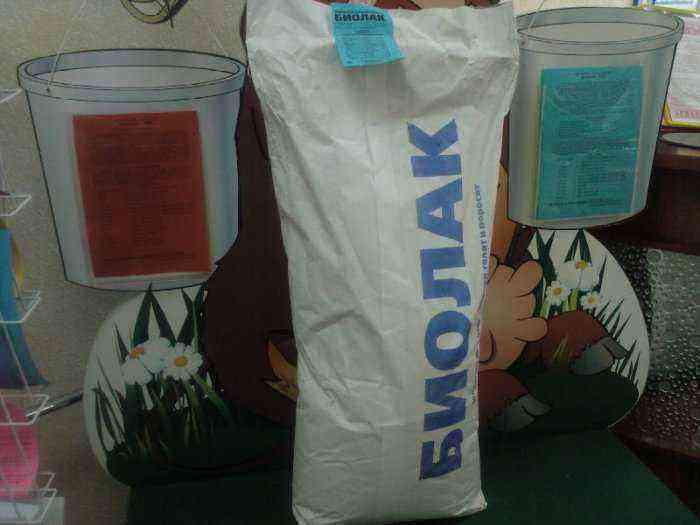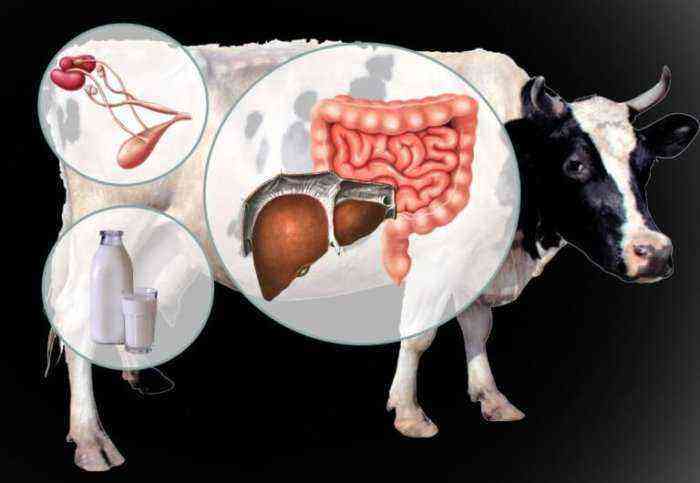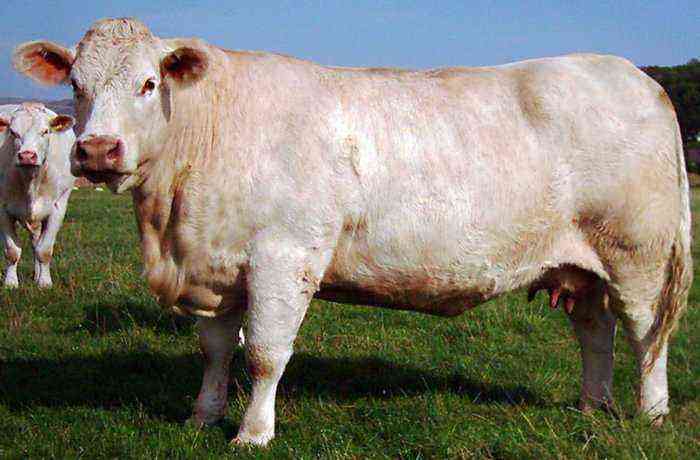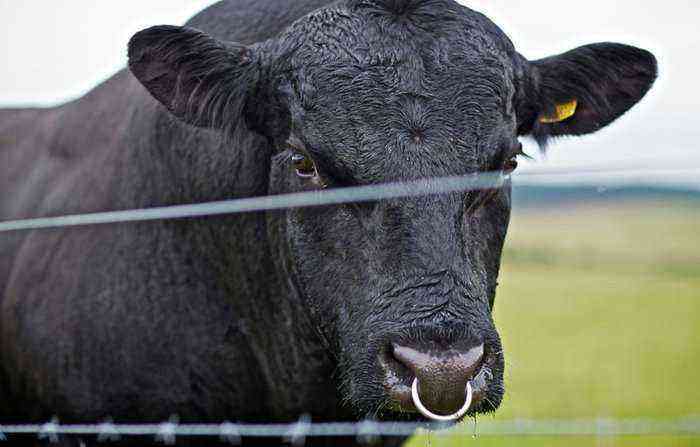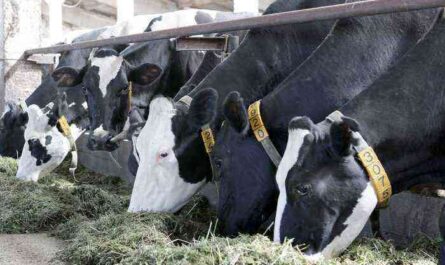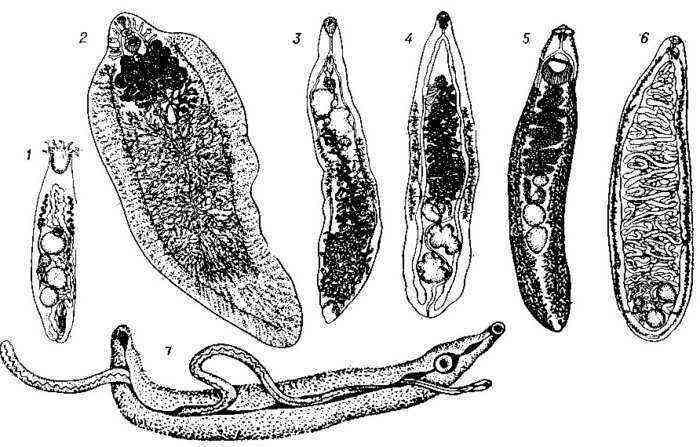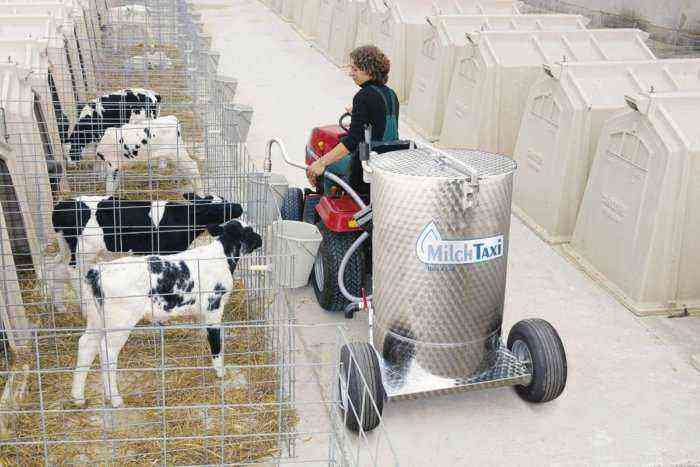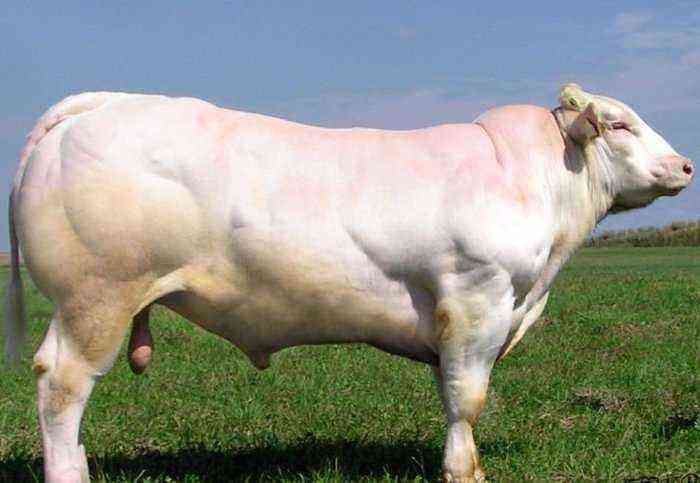The Red Gorbatovskaya breed of cows is one of the most common in domestic animal husbandry. It was obtained by folk selection and belongs to the meat and dairy type. This breed is most widespread among private owners of cattle. However, due to the emergence of a large number of other breeds with good characteristics, the number of Krasnogorbatov cows is declining.
Red humpback cow
Origin of the cattle breed
The cow of the Krasnogorbatovskaya breed first appeared at the beginning of the 19th century. Its small homeland is the Nizhny Novgorod region of Russia, the village of Bogorodskoye, which belonged to the Gorbatovsky district (hence the origin of the breed name). The new breed was obtained by crossing representatives of the Tyrolean and Great Russian. Gradually, the newly bred animals spread from the landowners’ cowsheds to the private farms of the peasants, and became popular throughout Russia.
The Krasnogorbatovskaya breed immediately established itself as perfectly adapted to the harsh Russian weather conditions, and further selection work, which was carried out starting in the 1970s, made it possible to develop stable immunity to common diseases in animals.
REFERENCE. At the moment, this breed of cows has been replaced by more productive ones suitable for industrial cultivation. Krasnogorbatov cows account for less than 1% of the total livestock in private and commercial farms. The gene pool of this breed is stored in the Republican gene pool. It is most common in the Nizhny Novgorod, Ryazan regions, Ivanovo, Bryansk and Moscow regions, as well as in Ukraine, Chuvashia and Mordovia.
The main external signs are an uneven red color with a cherry tint. Bulls have a darker coat color, and on the head and neck their hair can turn black. White spots are also considered acceptable, which in cows appear at the end of the tail, udder or on the stomach.
The body of the animals is well built, have a powerful constitution and small stature. Females can reach 124 cm at the withers with an oblique body length of up to 155 cm. Animals have a wide chest, a medium-length neck, and a short head. The chest girth of an average animal can be 180-182 cm. A large and deep chest is complemented by an even, large back, lower back and sacrum. The tail of the cows of the Krasnogorbatovskaya breed is long and wide, located high. Cows have a light and strong bone frame, a strong hoof horn, white horns, short limbs and moderately developed muscles.
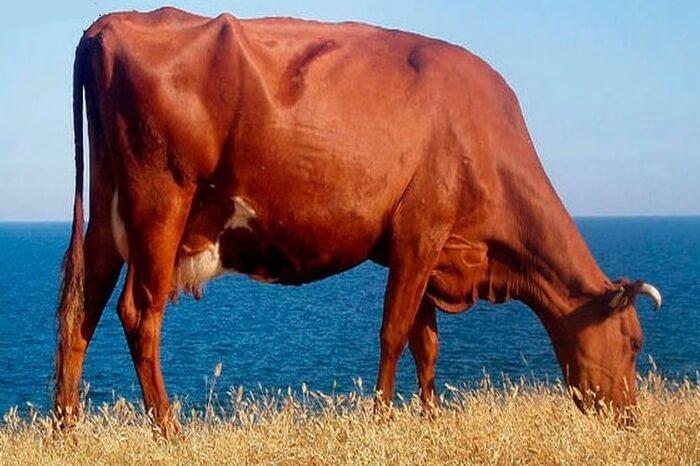
Appearance of cows
Productivity
An adult female individual of the Krasnogorbatovskaya breed reaches a mass of 400-650 kg, a bull – up to 900 kg, rarely – up to 1000 kg. Newborn calves weigh from 23 to 29 kg, and upon reaching 6 months of age – 150-165 kg. A healthy animal during the growth period gives an increase of 1 kg of live weight. This breed gives a slaughter yield of 54 to 62% and has good taste of meat.
Milk productivity indicators:
- average milk yield 2700-4000 kg;
- maximum milk yield – 6500-8000 kg;
- fat content – 4,1-4,5%, maximum – up to 5-6%.
Good productivity indicators are not the only advantage of the Krasnogorbatovskaya breed. The advantages of these animals also include good health, stable immunity to such common diseases as tuberculosis, leukemia, characteristic of many breeds of cattle, brucellosis. Representatives of this breed are unpretentious in nutrition and conditions of detention, are characterized by high adaptation to different climates, and can be grown in free grazing conditions.
Among the shortcomings of the Krasnogorbatovskaya breed, a sagging back, a drooping sacrum and saber limbs are noted. Some cows have underdevelopment of the middle udder lobes.
Feeding and maintenance
In the summer, animals must be provided with good grazing on a rich pasture. In this case, high milk yields and large gains will be provided. Cows must have access to a body of water and be subject to regular veterinary examinations.
Cows of the Krasnogorbatovskaya breed overwinter in an ordinary indoor barn, in which warm bedding and reliable protection from drafts should be equipped. By the onset of cold weather, they grow a longer and warmer coat, which allows them to easily endure frosts. In winter, the cow should have access to water according to the number of feedings. The water temperature is not lower than +10°C.
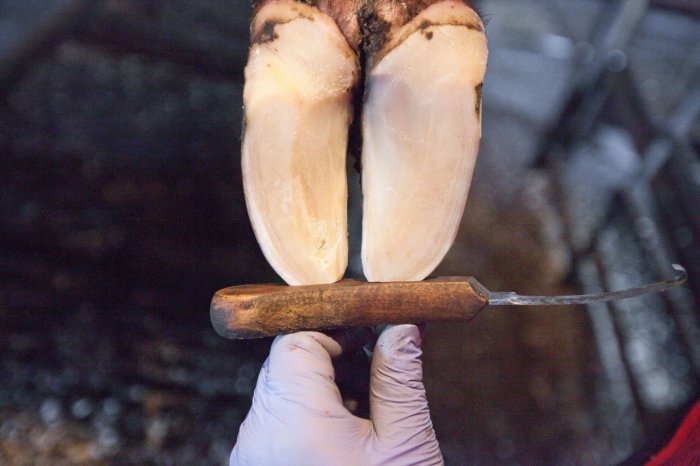
Hoof trimming
Daily cow care consists of feeding, cleaning and washing the animal. It is also necessary to regularly trim the hooves. Breeding livestock does not require assistance. If there is a bull in the herd, insemination of cows occurs without any problems. Starting from 13-14 months of age, a young cow is ready to mate. After calving, it is necessary to put the stall in order, milk the colostrum and give it to the calf to drink. Culling of this type of cattle is extremely rare.
When feeding, consider the following recommendations:
- Roughage in the daily dosage is divided into 2-3 feedings.
- Grain is given to livestock in the morning, as well as succulent feed.
- Feeding the cow before milking should be avoided.
Unpretentiousness, high productivity and survival, excellent physiological adaptability, make the Krasnogorbatovskaya breed quite popular in household farms. Despite the constant decline in livestock, there are separate farms in Russia that specialize in breeding just such a breed of cattle.
